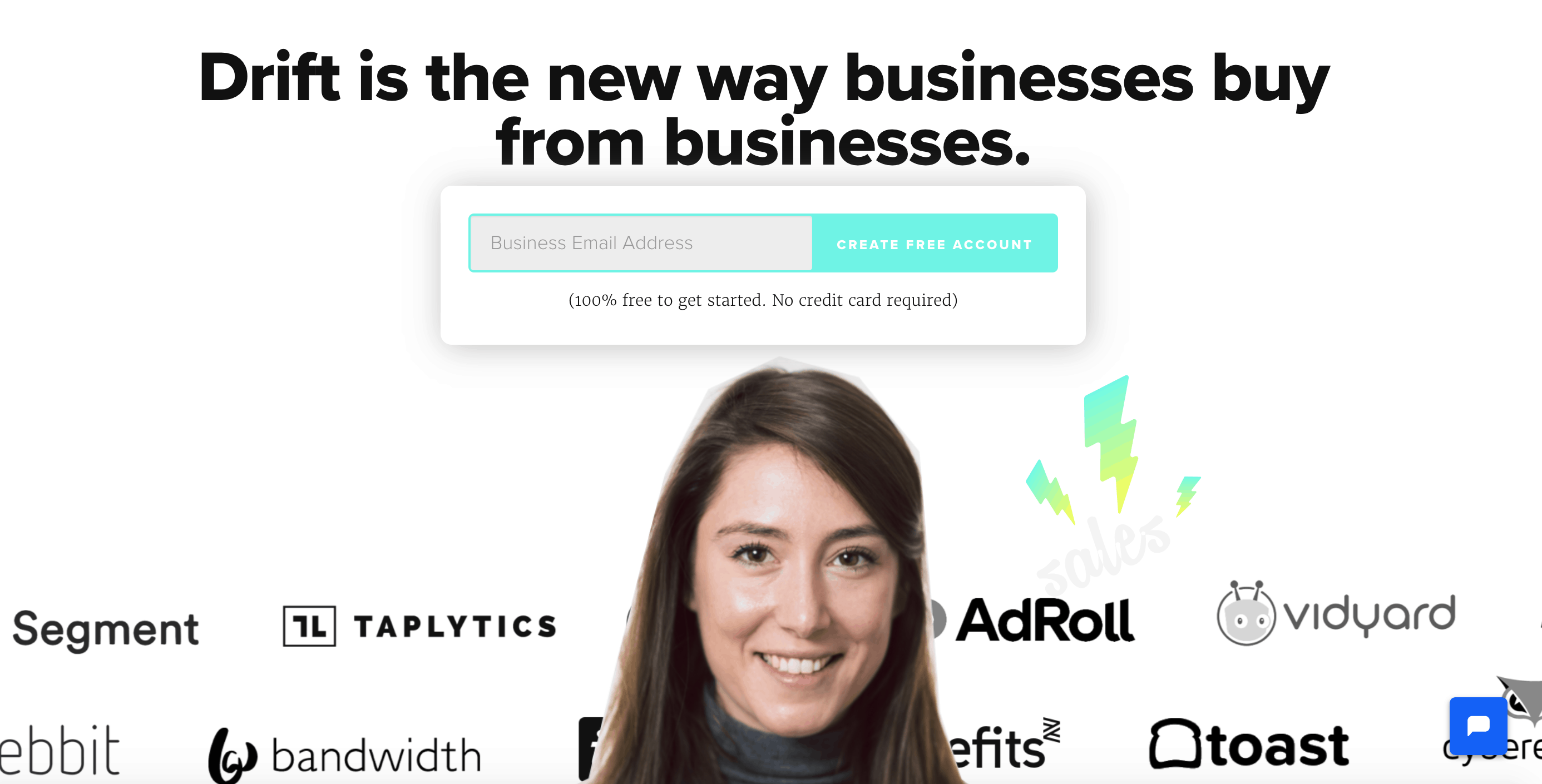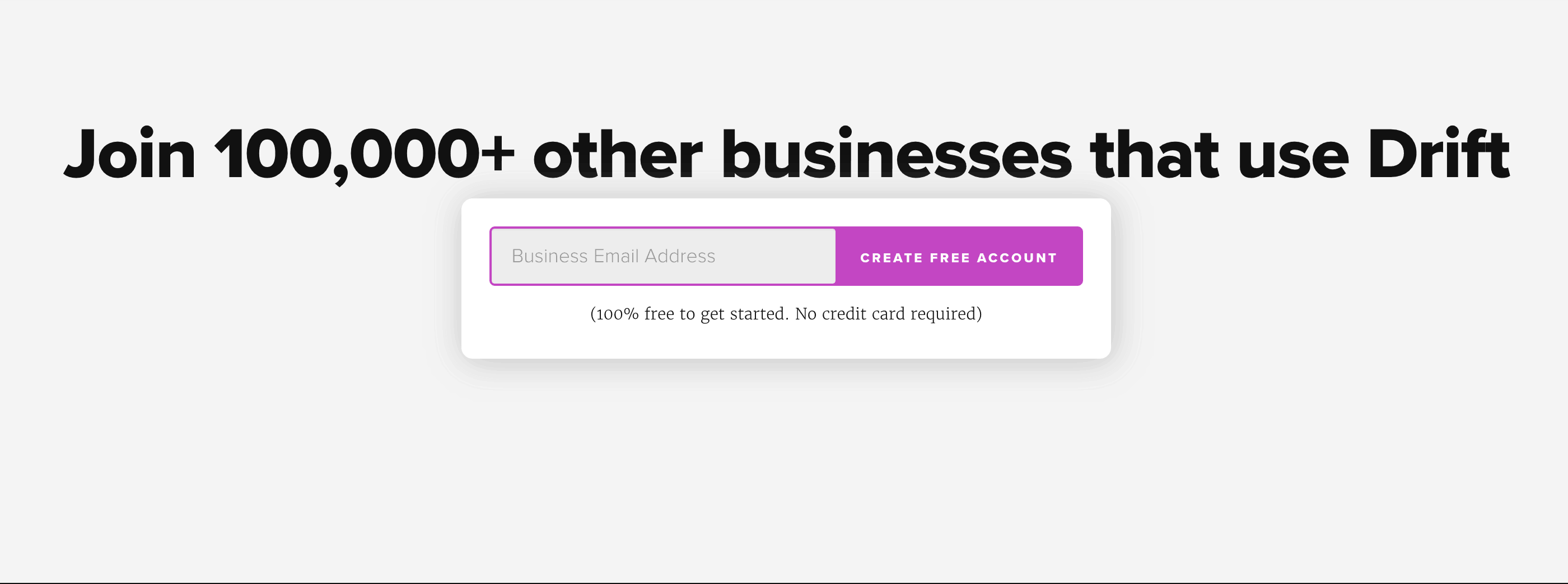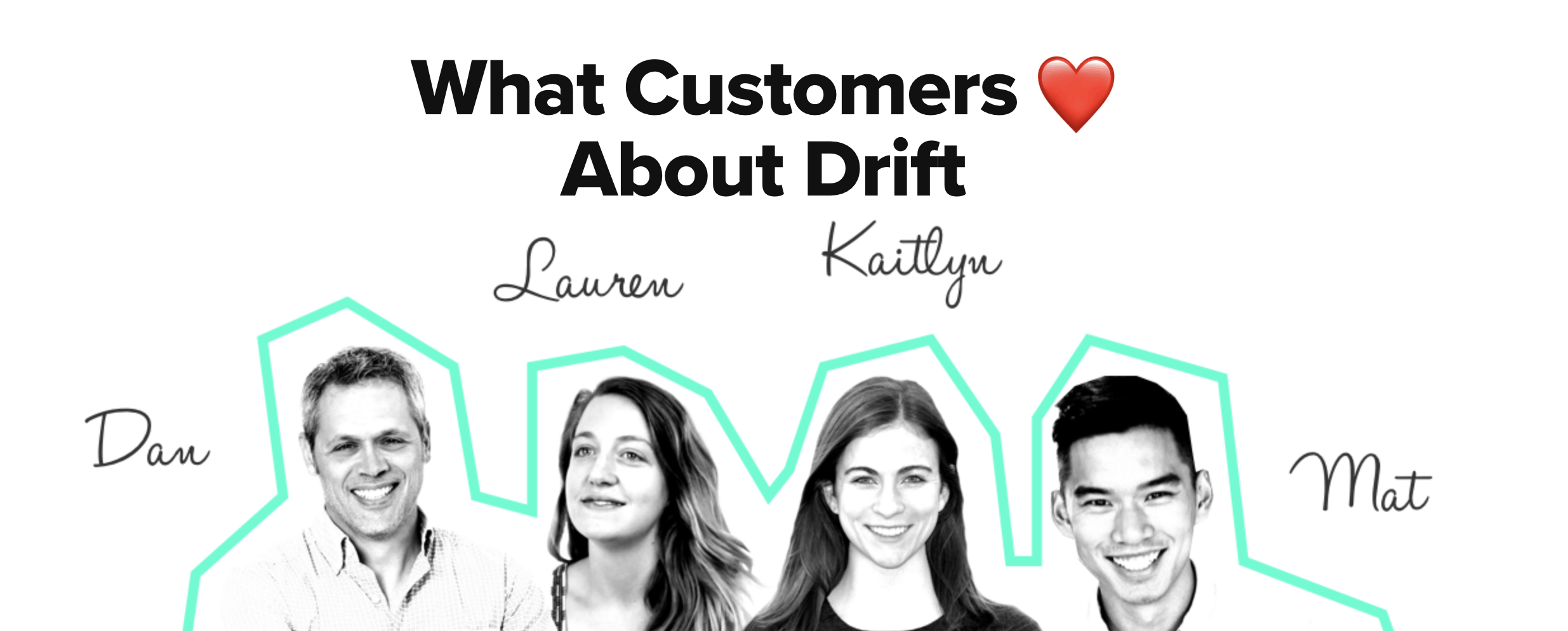Here’s an eye-opening stat: Only 22% of B2B businesses are satisfied with their website conversion rates.
Why? Because the path that most people follow on a company’s website tends to look something like this.?
Customer gets to your website, scrolls through your homepage, checks out your products, looks at your pricing page, and then before they even consider adding booking a demo, they leave. ?
➡ So, why’s this happening?
Three reasons:
- Most B2B websites consist of a host of unpleasant forms and gated content. When people hit these barriers, they bounce.
- People are worried if they hand over their information, they’re going to have to endure a lengthy sales process, or a lifetime of spammy emails.
- Prospects can’t find the information they need, and there’s no way to ask questions and get immediate answers.
The reality is that while forms and other so-called “content walls” used to dominate much of B2B lead gen strategy in the past, buyers today are opting out. People don’t want to hand over their information in exchange for endless emails and outreach. And, what’s more, if they can’t find the answers to their questions on your site right now, the saturated market means they can easily go to your competitor tomorrow.
Today, visitors to your website want their questions answered. They want guidance. And they want to feel like your brand is on their side.
And the best way to deliver all of this and get people down the path to a purchase? With a website designed to maximize engagement and conversion opportunities.
To show you just how simple it is to start driving more conversions, I’m sharing our marketing team’s favorite plays for creating clear, actionable, and engaging web pages that your customers won’t want to click away from.
Let’s go!
The 6 Plays You Need to Run to Optimize Your Website Conversion Rate
➡ Write magnetic headlines.
Headlines are everything. And I’m not just talking about the ones we use for blog posts, but on webpages, product pages, emails, and really any other page on your website that contains words.
Think of a headline as the first opportunity you have to make an impression on a website visitor. If that headline is filled with jargon, if it’s overly formal, or just plain disconnected from how someone may have navigated to that page, chances are high that people won’t understand what you want them to do next. The goal of copywriting is to inspire action and headline copy is an easy way to deliver the meaning of a page or a post, and get people to the next step of the journey.
At Drift, there are two recipes we lean on when crafting headlines. These are:
- Russell Brunson’s headline formula. How to [achieve the thing they want most/reach the promised land] without [doing the painful things they want to avoid].
- The 4 U’s. All headlines should be urgent, unique, ultra specific, and useful.
And some good examples of headlines that are clear and compelling:
- How to Create a Chatbot From Scratch In Under An Hour
- Marketers: Here Are 9 Things That Will Help You Get Your Next Promotion
- The Drift Lead Response Report: Why Every Minute Matters For Sales Teams In 2018
➡ Use the rule of threes.
As humans we’re wired to remember lists of three. When presenting your brand on your website, boil your value proposition down to the three things you want people to take-away from that page.
For example, if you’re trying to show a reader how something should work, list out the three steps someone should take.
Trying to explain a transformational change in your industry? Break it down into three simple take-aways.
Want to give your audience advice? Provide three simple tips.
By capitalizing on the seemingly inherent human love of threes, you simplify complex topics and get prospects on their way to the next step.
➡ Appeal to P.A.S.E.
There are 4 different kinds of buyers:
- Practical. Responds to logic, can’t be pressured, and makes rational decisions.
- Actionable. Responds to scarcity, time is running out messaging, and often makes quick decisions.
- Social. Responds to social proof, follows what others are doing, and doesn’t want to be left out.
- Emotional. Responds to photos of people, places, and good causes.
To increase your chances of someone converting, every webpage must appeal to each of these types of people.
➡ CTAs come in pairs.
Not every decision is logical and as a result, every page needs two CTA’s: one above the fold and one below the fold.
Here are two quick screen shots of the homepage of Drift that demonstrate what I mean??
Above the fold call to action:

Below the fold call to action:

You want to make it easy for a visitor to move to the next step when they feel like they’re ready — regardless of where they may be when exploring your website.
➡ Be human and show your face.
People like to know that they’re buying from a real person. And there’s nothing that shows that more than, well, your face.
Make sure that every landing page is filled with faces — whether it be of people at your company, or of your customers. Your brand should feel real and authentic, and by adding real humans from your company to your website, it’ll convey that to website visitors.
Check out this example of our Drift testimonials page. ?

➡ Give people guarantees to earn trust.
If you’re selling something, the easiest way to show you’ve got a prospect’s back is if you’re clear about your guarantee in exchange for their information. By being up-front that there are no strings attached in the example below, risk is mitigated and there’s a better chance a visitor will create a free account.

➡Use conversational marketing to personalize your website and increase your conversion rate.
Where clear, concise copy can give your website conversion rate a noticeable bump, personalization can set it on fire.
And that’s because the one thing people are most hungry for right now are personalized experiences catered to their specific wants and needs.
In fact, 80% of consumers are more likely to make a purchase when a brand offers a personalized experience. And even better, for businesses that deliver this, customers are often willing to spend more and stay longer — and that equates to more opportunities to convert.
So, how do you pull this off?
Here’s the good news: With conversational marketing, creating these personalized experiences is relatively easy.
Unlike traditional marketing, conversational marketing relies on targeted, real-time messaging and intelligent chatbots instead of lead capture forms — that way leads never have to fork over tons of information, wait for follow-up emails, and can engage with your business when it’s convenient for them.
What’s more, chatbots and conversational marketing platforms allow you to tailor messaging to your customers based on geographic location, company profile, and traffic source (just to name a few). That way when customers visit your website they receive a personalized greeting.
You can think about it as having your best sales or support rep sit on your website and talk to potential customers all day — no sick days or vacation days.
Just like this. ?

Conversational marketing has the power to drive conversions on your website. In fact, Perfecto Mobile increased their website conversion rate by 4x using Drift’s conversational marketing platform.
(Yes — you read that correctly, by 4x — from 6% to 20% in just shy of 6 months.)
To learn more, watch the video interview with their CMO, Chris Willis. ?
Simple Design + Clear Copy + Conversational Marketing = The Key to Optimizing Your Website Conversion Rate
Using simple design and clear copy is vital to creating a website experience that keeps your customers onsite. But, combining the two with a conversational marketing strategy can create engaging, hyper-targeted experiences that keep customers on-site, and reduce the length of your sales cycle. This is why the best marketers are using personalized experiences to set their website conversion rates on fire.




